Having spent a month and a half in San Miguel de Allende, I’m still not sure what to make of it. A beautifully preserved monument of history and architecture? A seductive refuge for artists? Or an overhyped expat colonia? Probably a little bit of each.
Becoming almost a ghost town in the beginning of 20th century, the town began to attract artists and writers in the 30’s and 40’s. After the WWII many U.S. veterans came to study in San Miguel’s art schools. Over the years, the city has become a sort of art colony in the heart of Mexico.
Many of the American veterans who came to study here would later come back to retire, saving the town according to some.
It’s historical center is enchanting, with its cobblestone lanes rising and falling over the hilly terrain, often defying colonial attempts to make a straight grid. But its charm comes at a price – despite the cosmopolitan food scene, the galleries and the boutique stores and the English you hear all around you (or maybe because of them), it feels sleepy, lacking the typical bursting energy of Mexico.
Or maybe I got it completely wrong? Come and judge for yourself.
Contents
Kingdom of Chrome, Ochre and Terracotta
The one thing that caught my eye the most the first days in the city is the amount of yellow, orange and red anywhere you look.
Unlike other Mexican towns that use all conceivable colors to paint their houses, San Miguel de Allende is very particular about its color choices.
Doorways and window sills are often an attraction in their own right.
This is Templo de Nuestra Señora de La Salud on Plaza de la Soledad. Built in the 18th century, it has a crest in the shape of a large seashell.
We would come here often to let our 3-year-old run and blow bubbles.

This is Ignacio Allende, a leader in the fight for independence of Mexico, who was born here. The name of the town was changed in 1826 to San Miguel de Allende in his honor.
This is Templo del Oratorio de San Felipe Neri, built in 1712.
I understand that pigeons are a serious problem in public spaces, but this can’t be the best solution we have.
Families and couples come here to enjoy some time together and have a quick snack.
Templo de San Francisco completes the triangle of churches around Plaza de la Soledad.
The blueish of its dome is a rare sight in this kingdom of chrome and ochre.
An old gas station reminds of times in Mexico when liter of gas was 38 centavos (today it’s 17 peso)
El Mirador and El Chorro
Climbing San Miguel’s hills in a taxi, we reached El Mirador, which has the best view of the city. From here you can see La Parroquia de San Miguel Arcángel, San Miguel’s iconic church in its full glory.
 View on San Miguel’s center and its famous church
View on San Miguel’s center and its famous church
El Mirador is also the perfect point to begin exploration of El Chorro – the oldest neighbourhood of the town. Callejon El Chorro leads down through a series of steps towards El Chorro.
This is where the village of San Miguel was founded in 1555.
The Santa Cruz del Chorro Chapel is one of the oldest religious buildings in the city.
Immediately below it is the beautiful old water tower, today serving as house of culture, where workshops on dance, music, and literature take place.
Further down, Parque el Chorro is a charming labyrinth of red walls.
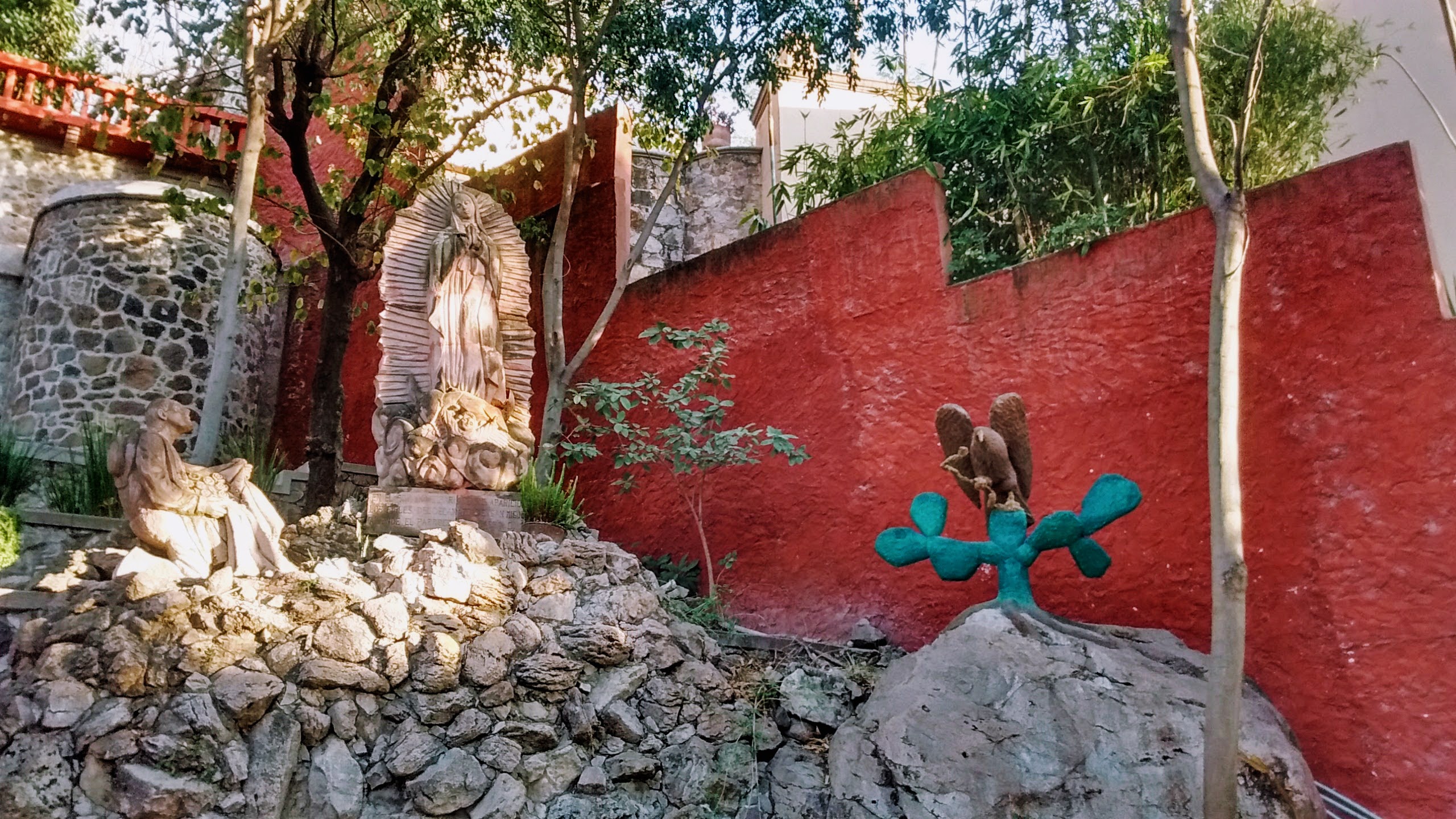
At the bottom of the park, Lavaderos del Chorro is where locals used to come to wash clothes with water flowing from the water tower. It’s still functional.
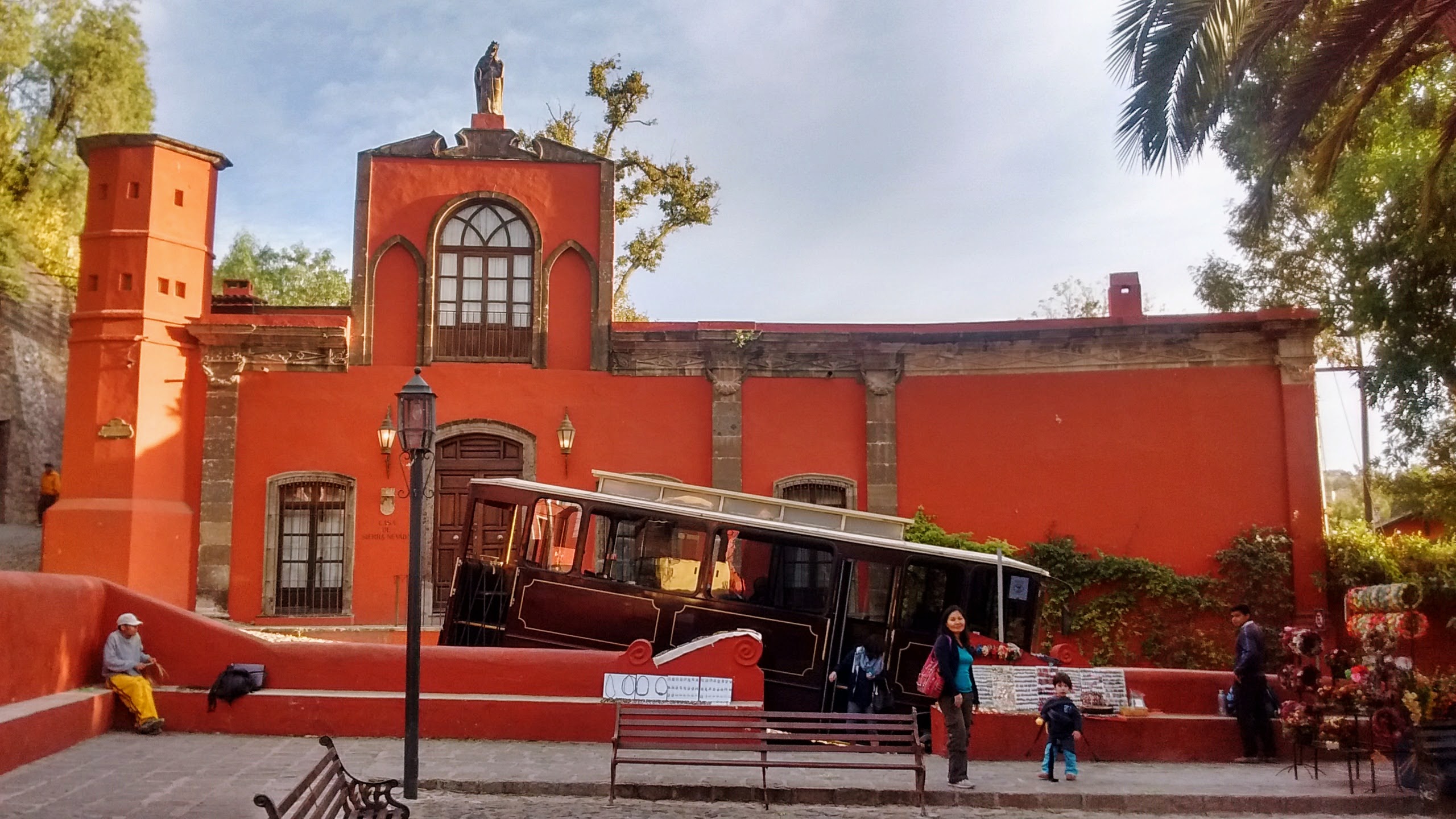
Walking further west, we arrive at Parque Benito Juárez, the largest park in the city.
A full month before Easter, coloured eggs were already a hot merchandise everywhere around the city and in the park.
Spending here one quiet evening, we suddenly found ourselves in the middle a loud Mexican wedding that overtook the park, complete with a Mariachi band, waiters serving Tequila and a crowd of guests. I downed a few shots myself – it would have been rude not to.
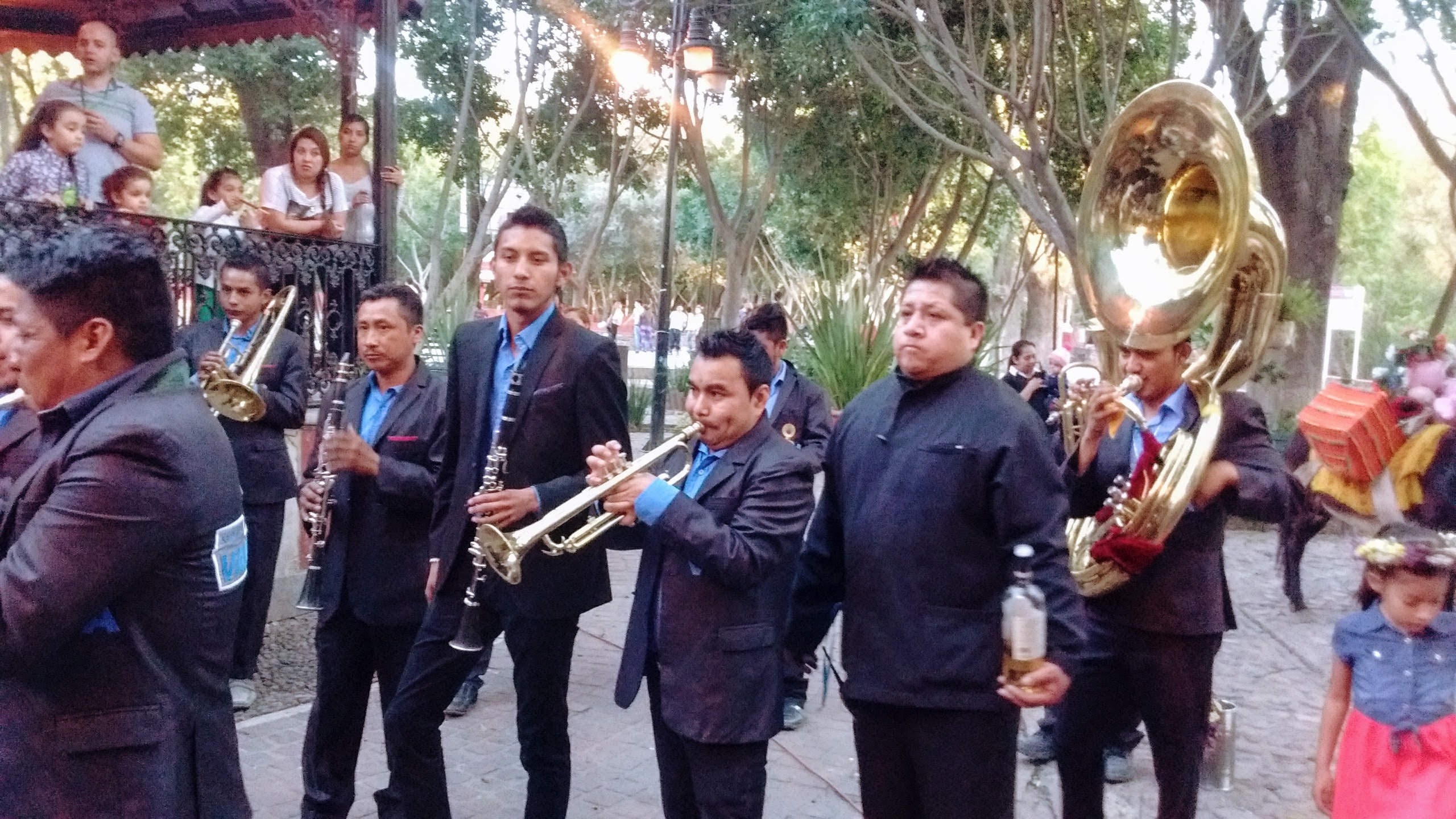
The procession was headed by a donkey, and also included mojigangas – those comical life-sized papier-mâché figures of newlyweds.
Most of the guests came all the way from Mexico City. San Miguel de Allende is a favorite getaway destination for middle-class Mexicans from the capital.
Ayan was completely hypnotized by the band, and didn’t want to leave. When we finally headed home that night, on our way out of the park we ran into yet another wedding procession, with another donkey, another band, and another pair of mojigangas!
Parroquia de San Miguel Arcángel
The street leading from Parque Benito Juárez to the center is undoubtedly the most picture-perfect one in a city full of charming alleys and callejones.
The street is called Calle Aldama after Aldama brothers who played an important part in the Mexican revolution. From this spot the spiked tips of Parroquia de San Miguel Arcángel look like a crown sitting on a dome in front of it.
The iconic Parroquia de San Miguel Arcángel is one of the most photographed churches in Mexico. Ironically, with the scorching midday light, I found it very difficult to photograph from close by.
The church was built in the 17th century with a traditional Mexican façade. The current Gothic façade was constructed in 1880 by Zeferino Gutierrez, who was an indigenous bricklayer and self-taught architect. It is said Gutierrez’s inspiration came from postcards and lithographs of Gothic churches in Europe; however, the interpretation is his own and if more a work of imagination than a faithful reconstruction
At times, I couldn’t avoid the impression that the church looked like a fancy wedding cake.

While most Mexican cities have central plaza in front of the main church, San Miguel de Allende has a garden. Simply known as El Jardin, it’s a popular place to sit and relax and bands often play in the nearby kiosk on weekends.
But you are just as likely to see a band on the street, on their way to a gig, like this all-female mariachi band.
Art
Bellas Artes was the first art school in the city, established in 1938. Today it’s called Centro Cultural El Nigromante and it hosts workshops, film festivals and other cultural events.
Instituto Allende, another famous art school has the best murals in the city.

There is plenty of street art around the city, often founded in nondescript streets and corners.
In this one, a Mexican man on Trump’s back holds a sign saying No al muro! (“No to wall”)
The Museo de la Esquina (Corner Museum) is dedicated to traditional Mexican toys. It has a fascinating collection of toys, dolls and folk art from all parts of Mexico gathered over 50 years’ time.
It even has a playroom where children can actually play with some of the toys in the collection.
Private galleries are all around San Miguel’s center. Using windows to display works is a full proof way to attract attention.
Fabrica de Aurora is a complex of galleries in the north of the city. I found some of the works there mesmerizing.
Vía Orgánica Fair
The food fair taking place every Sunday in Guadalupe, a small neighbourhood north of center, is the perfect antidote to the sophisticated but tiresome, expat-oriented world of galleries and boutique stores.
Local farmers come here sell their produce.
The atmosphere is one of happy communion. Lila Downs songs playing in full volume, smells of freshly baked tortillas. This is the Mexico I missed in San Miguel.
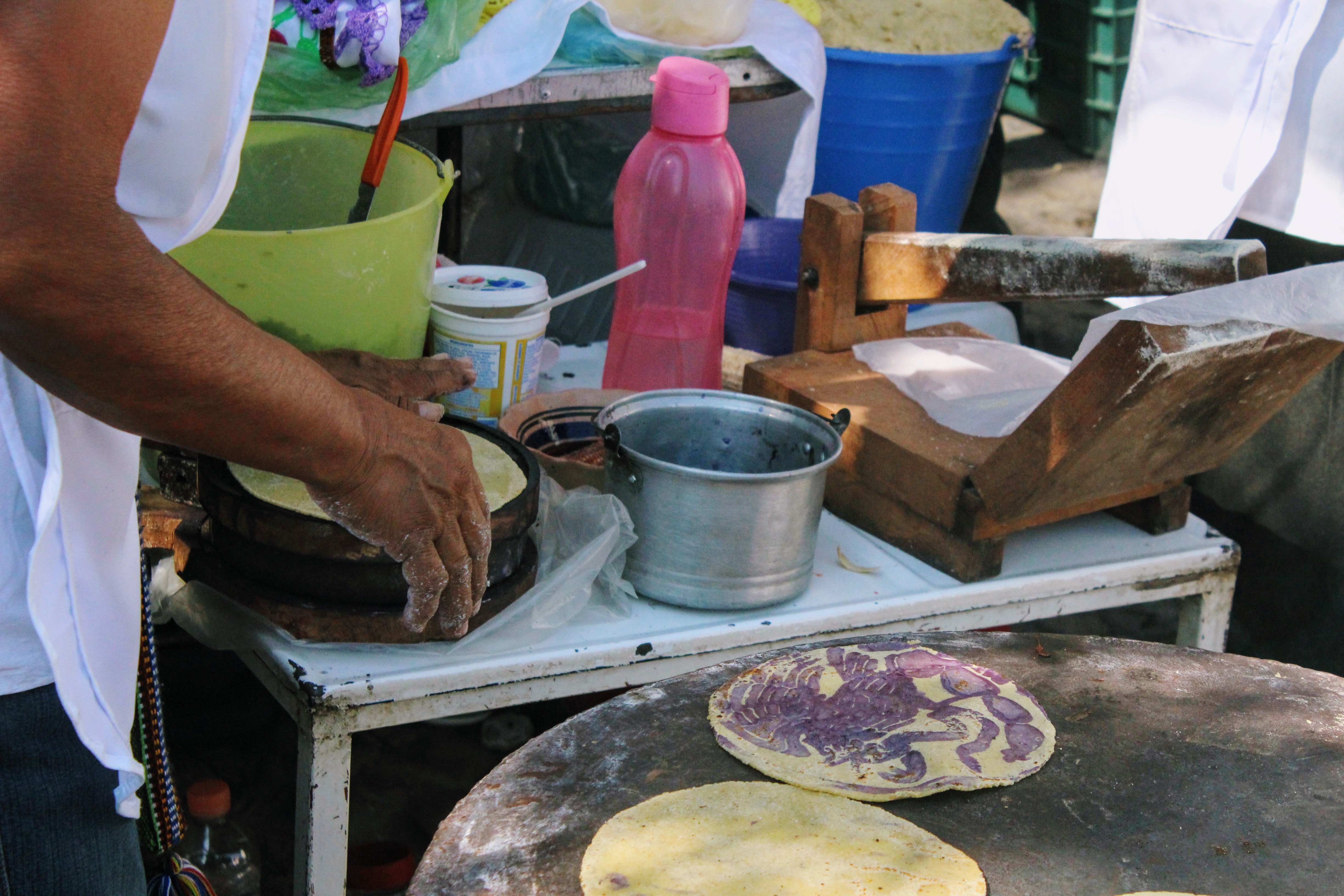
If I had to do it again, I would probably spend more time in Guanajuato, the youthful and energetic capital of Guanajuato state, or the stunning Queretaro, coming to San Miguel for a weekend. But many would probably disagree with me. Either way, San Miguel has plenty of charm to make it a memorable experience.
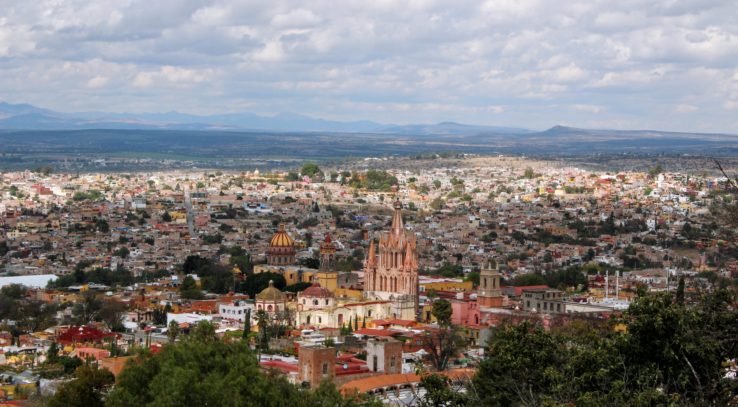




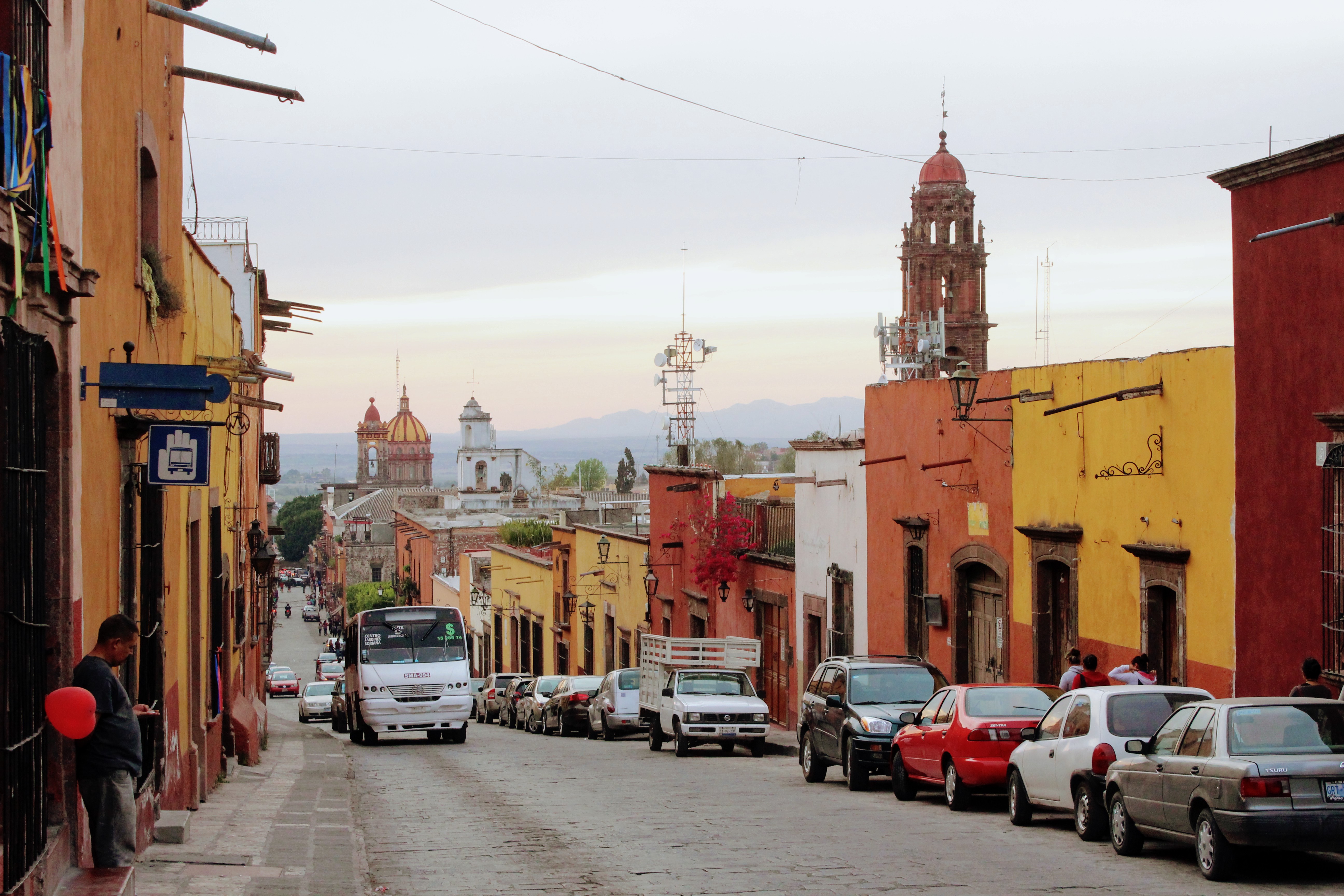
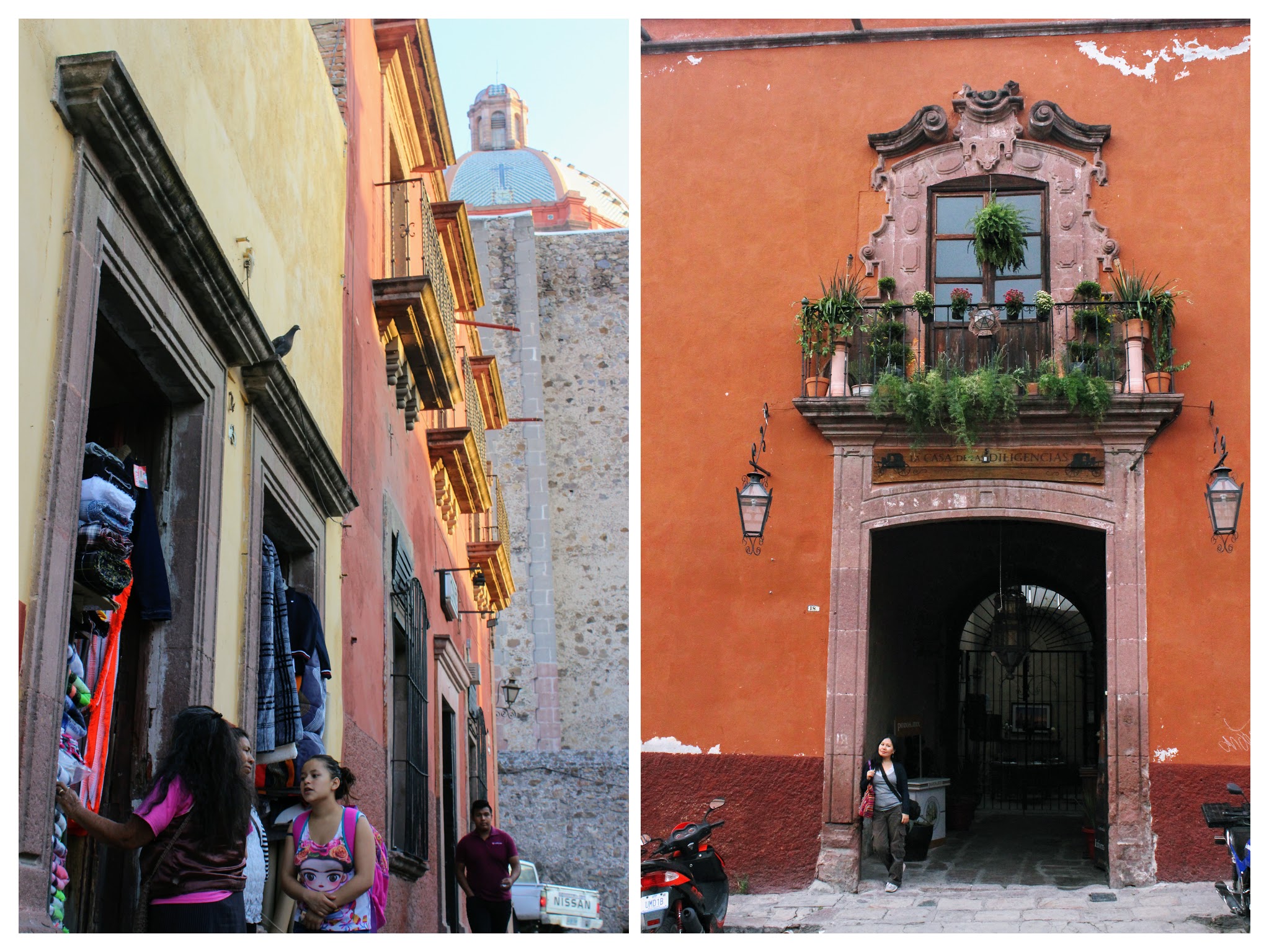
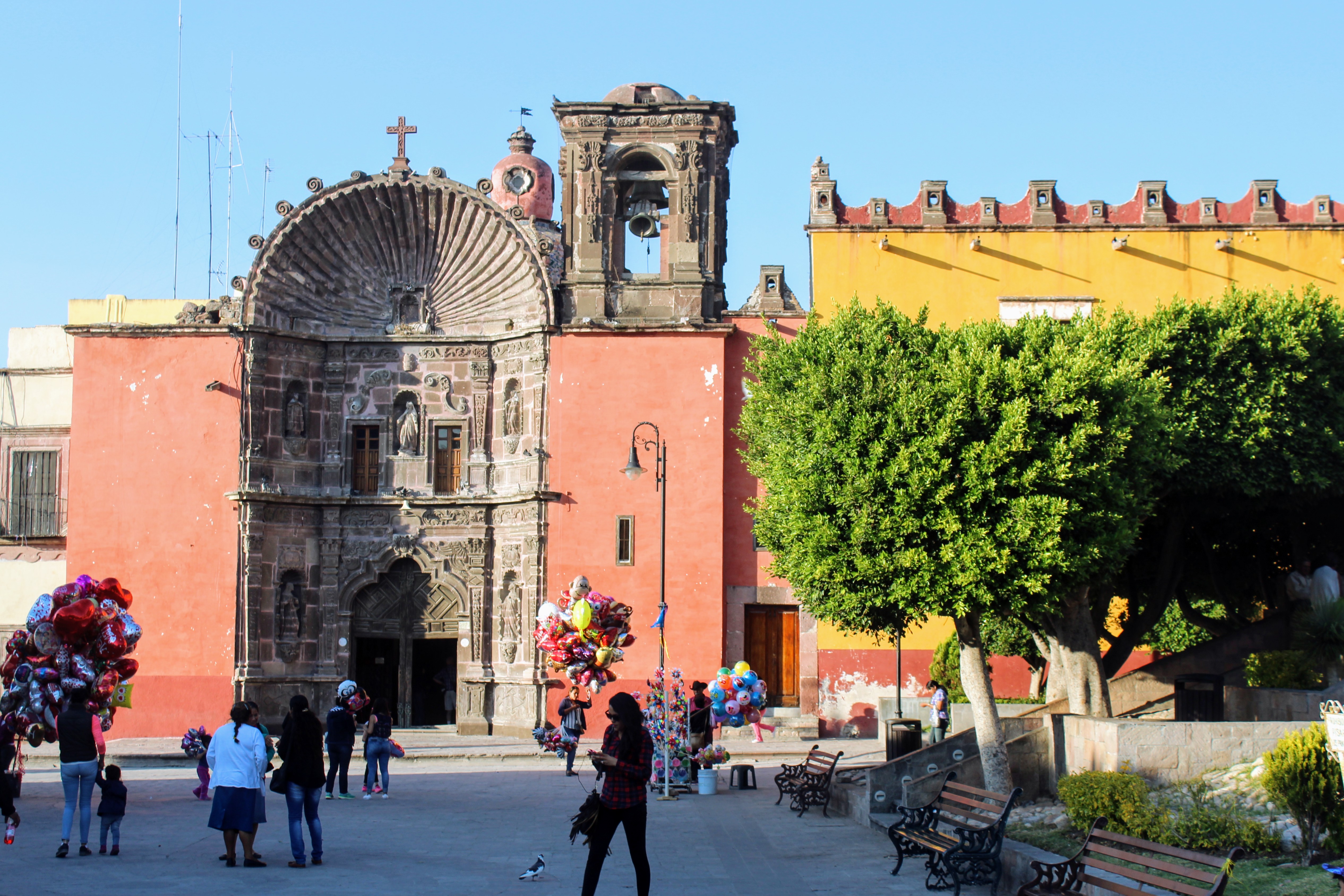




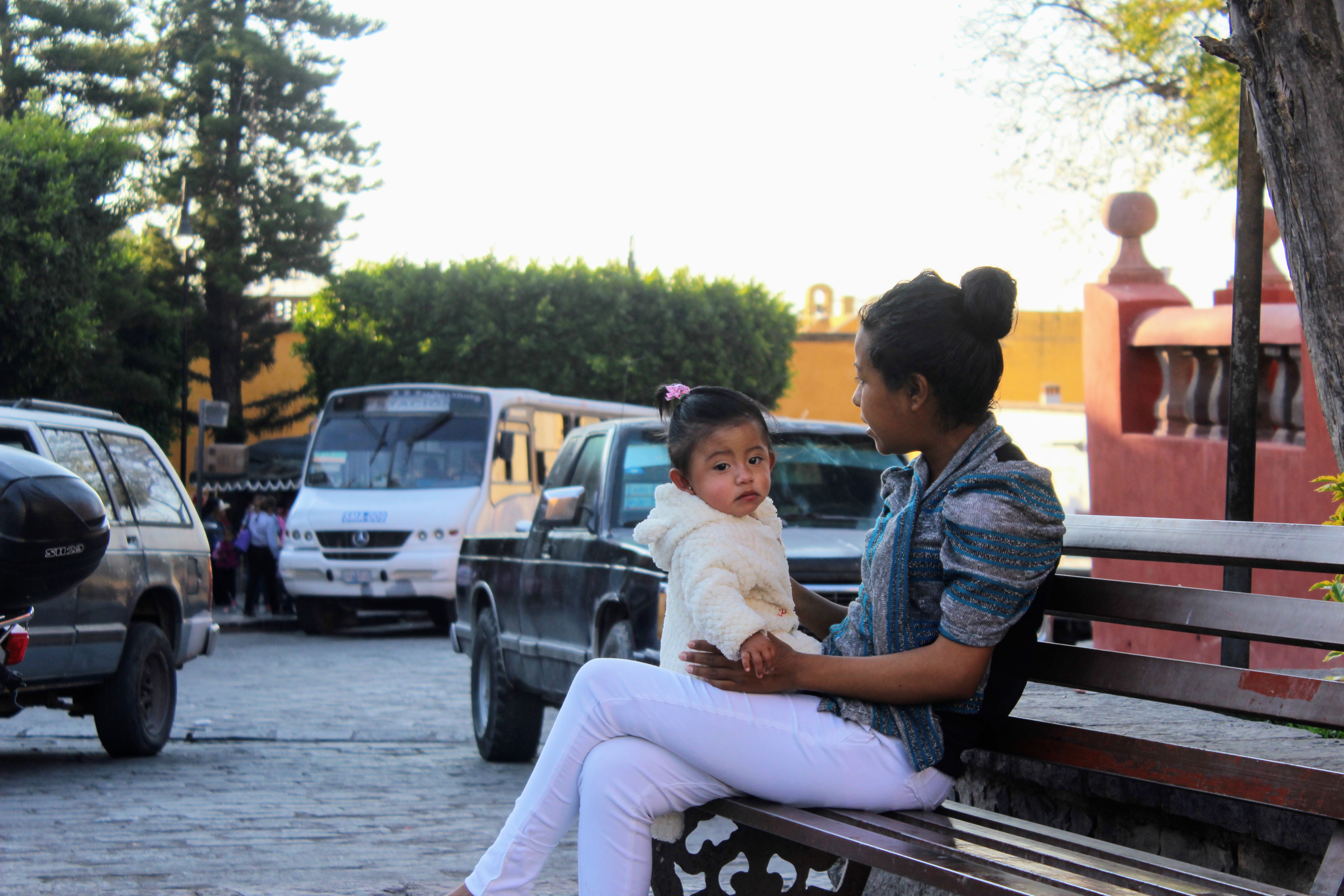
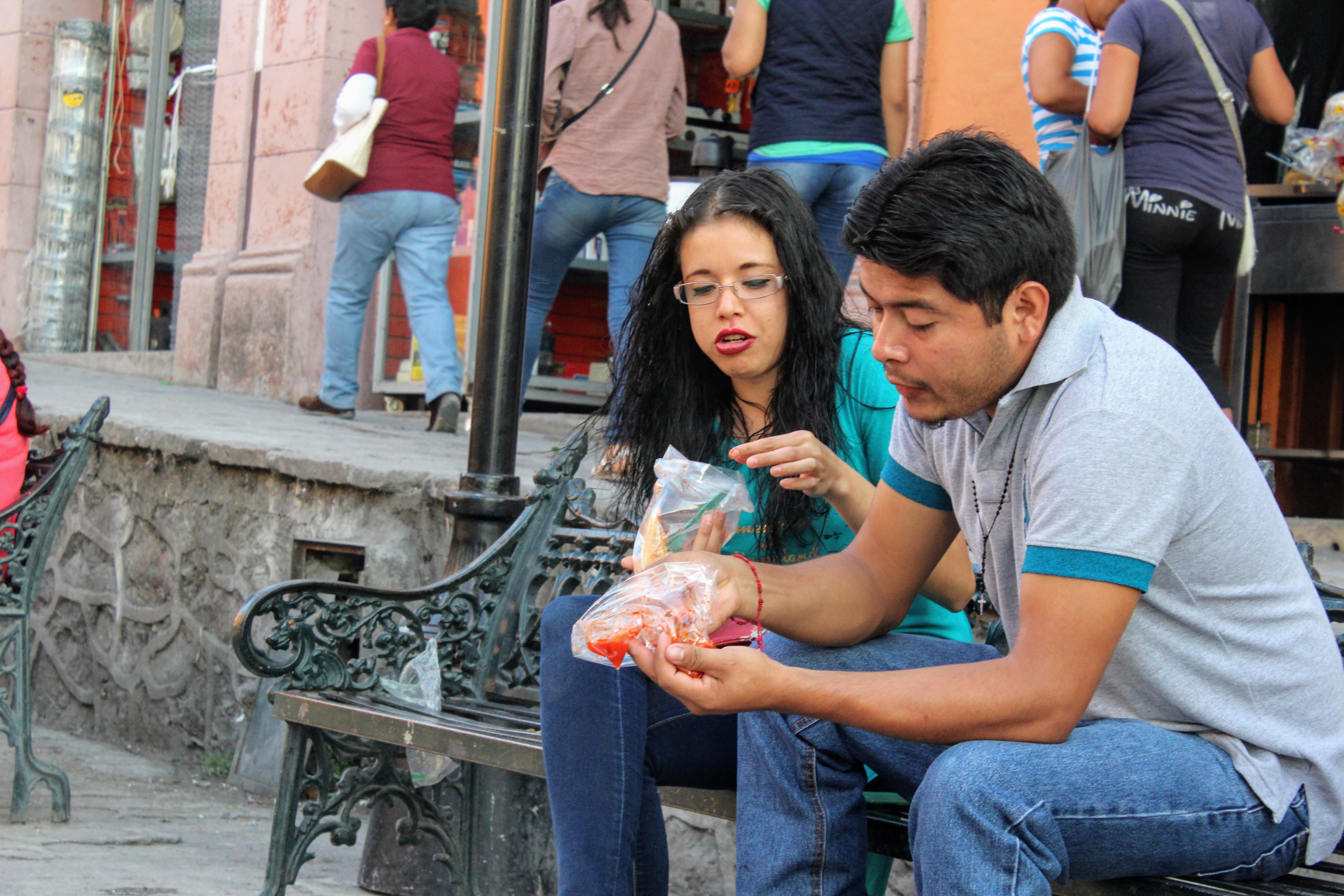
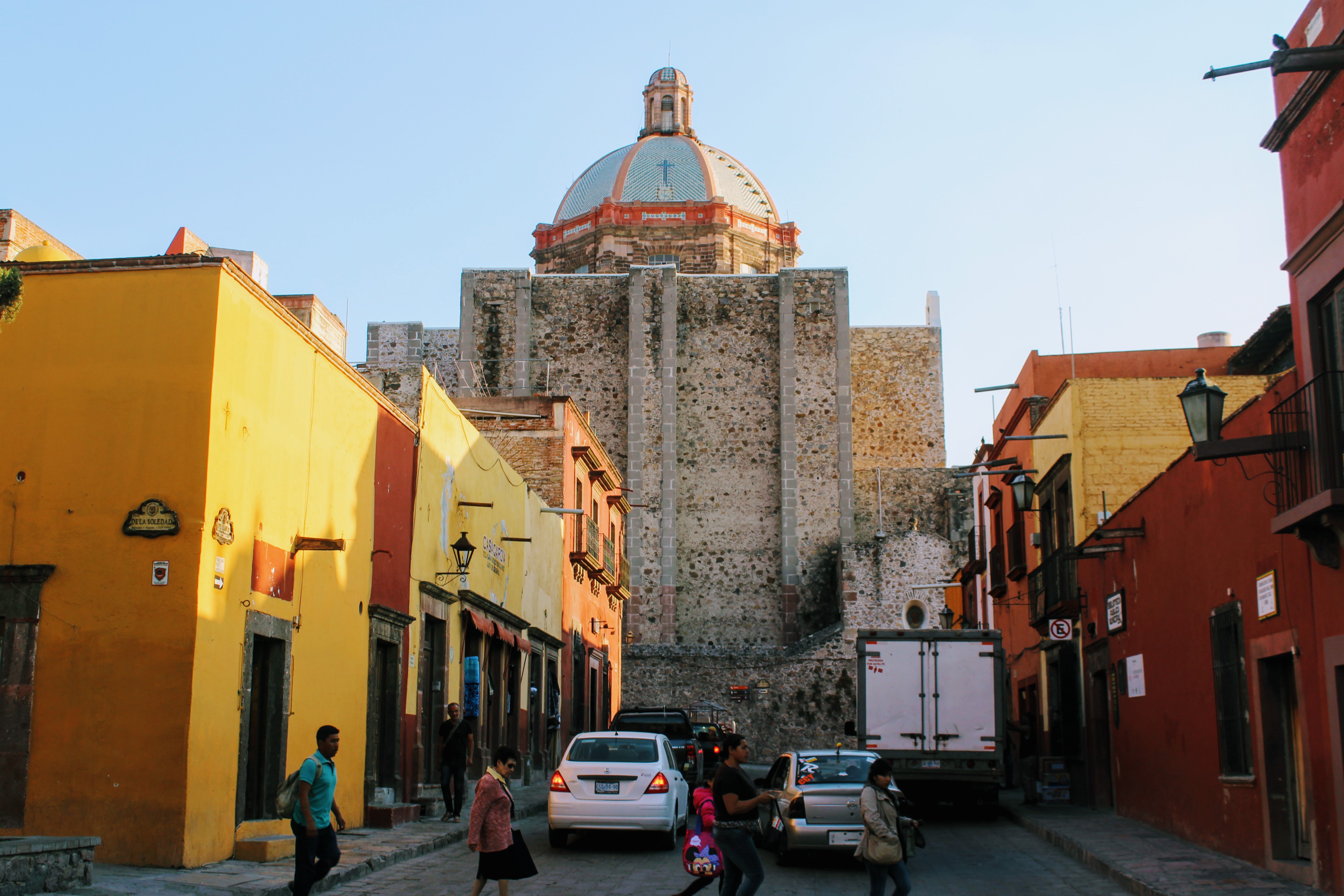




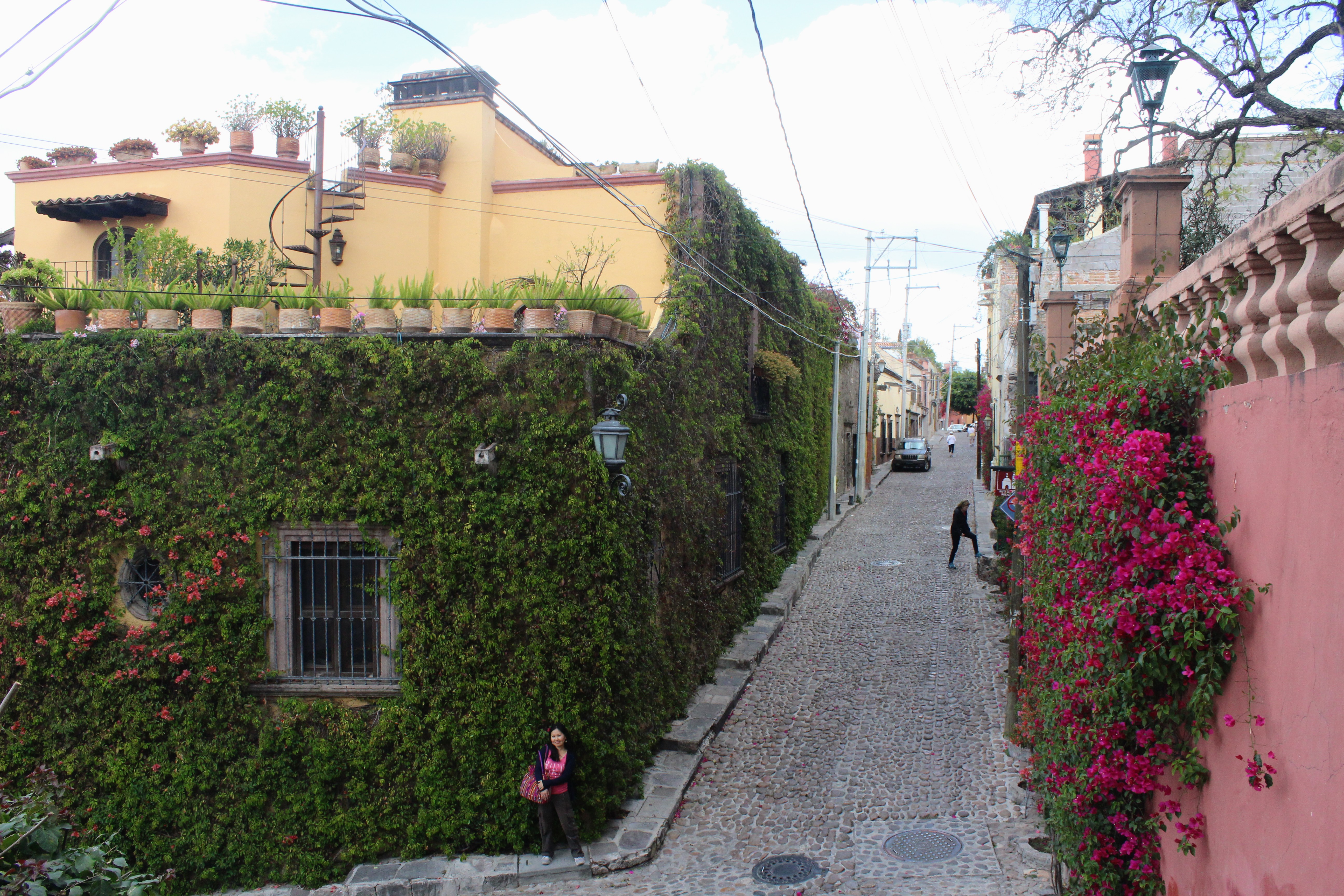
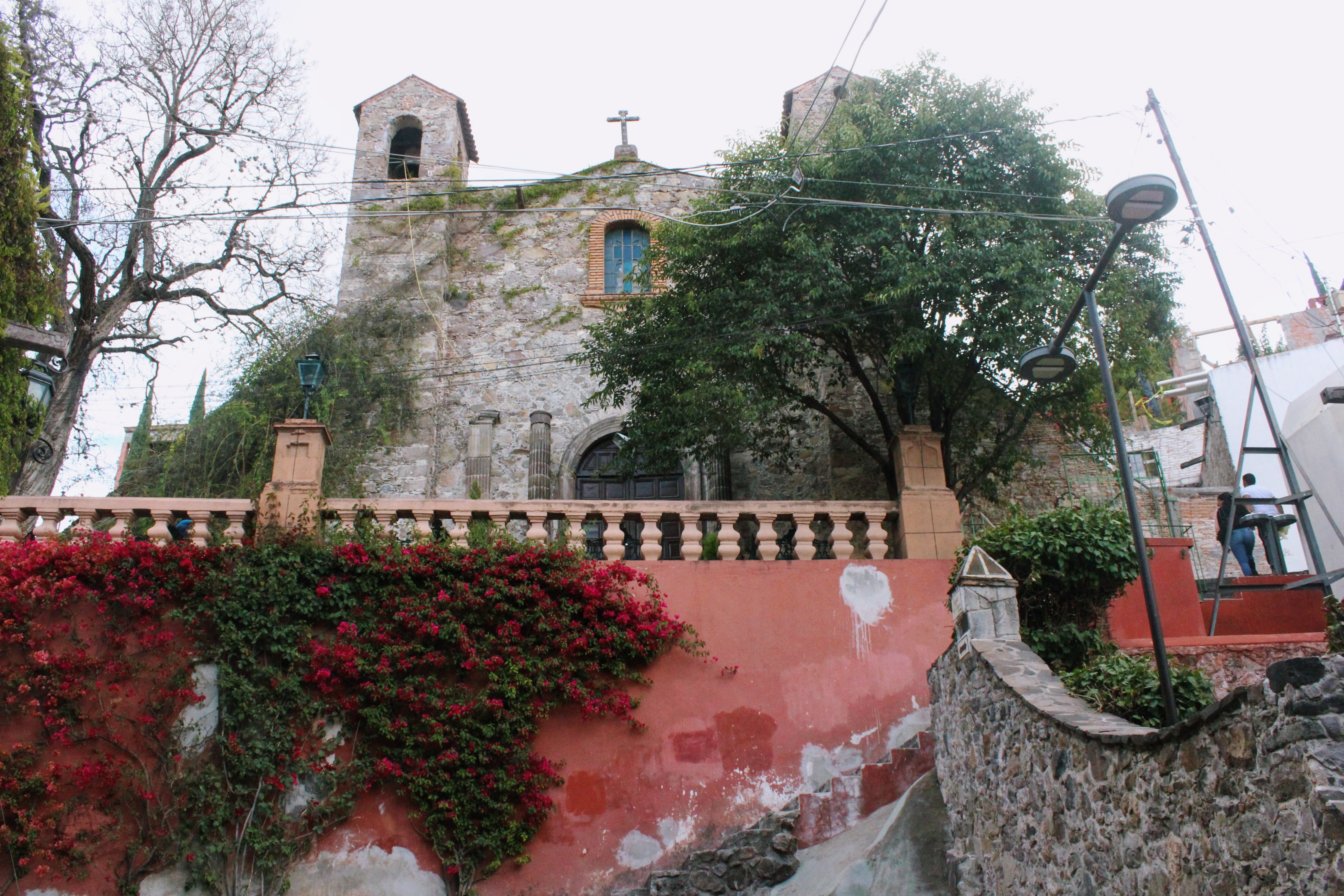

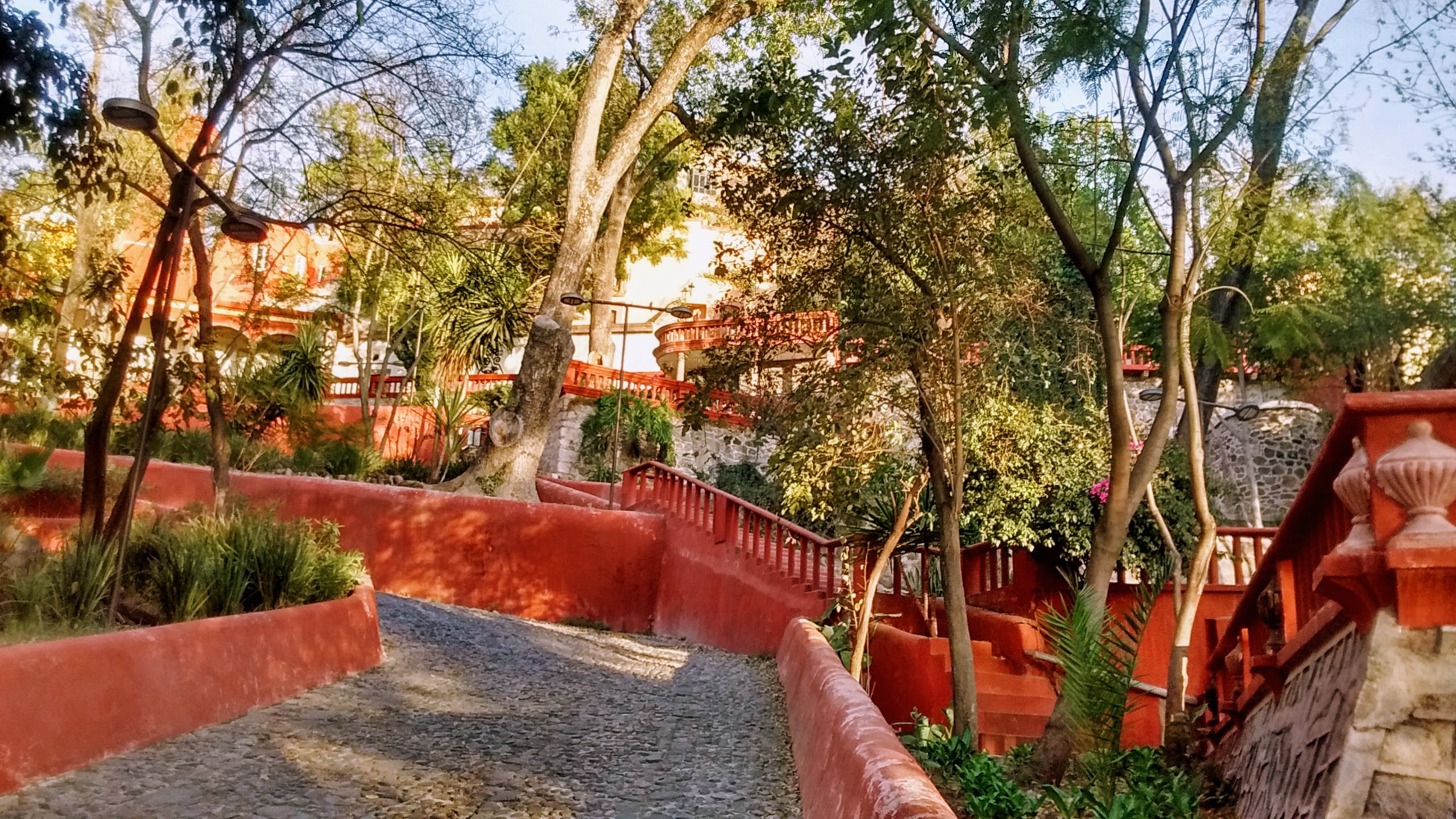


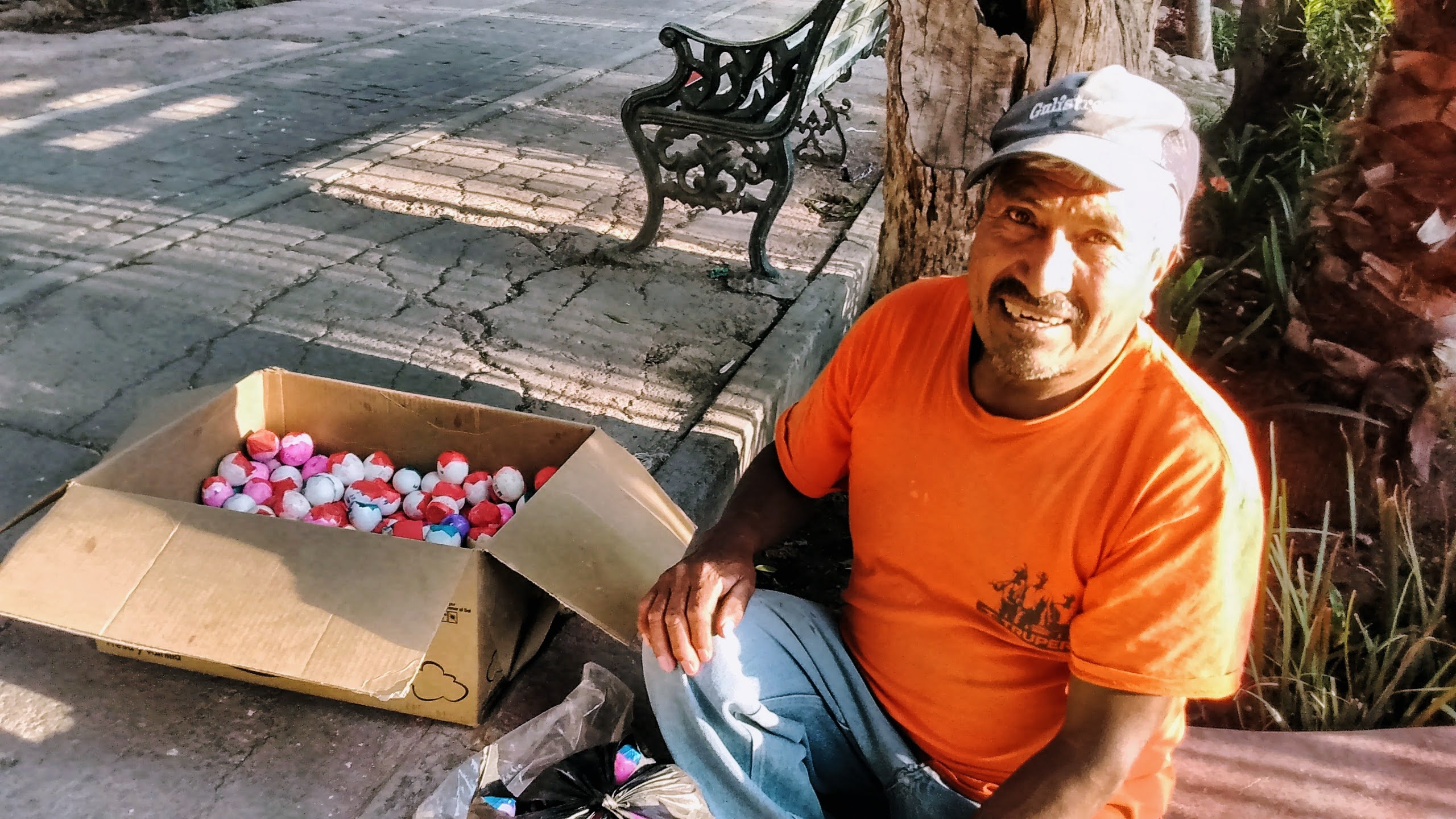
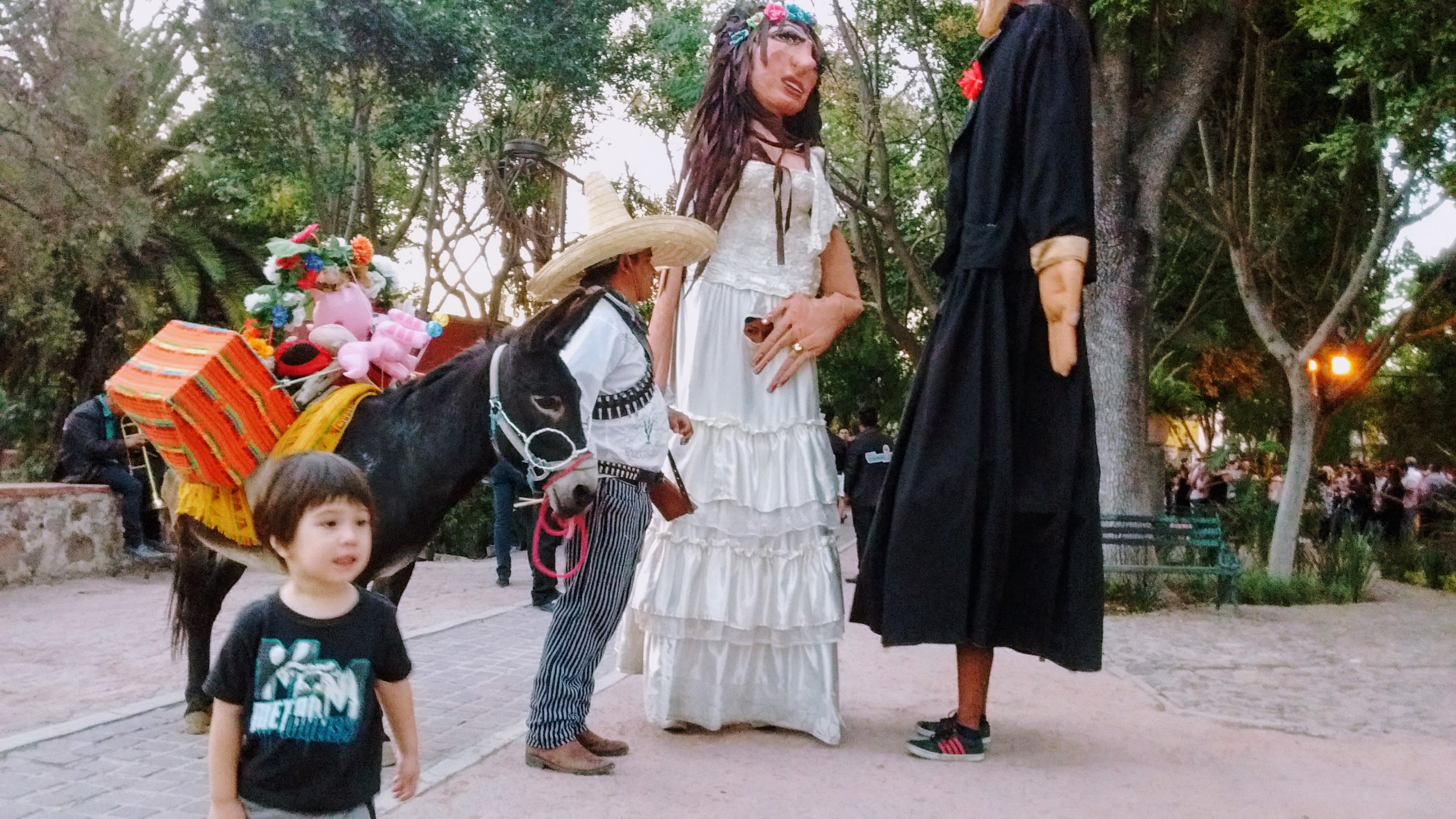



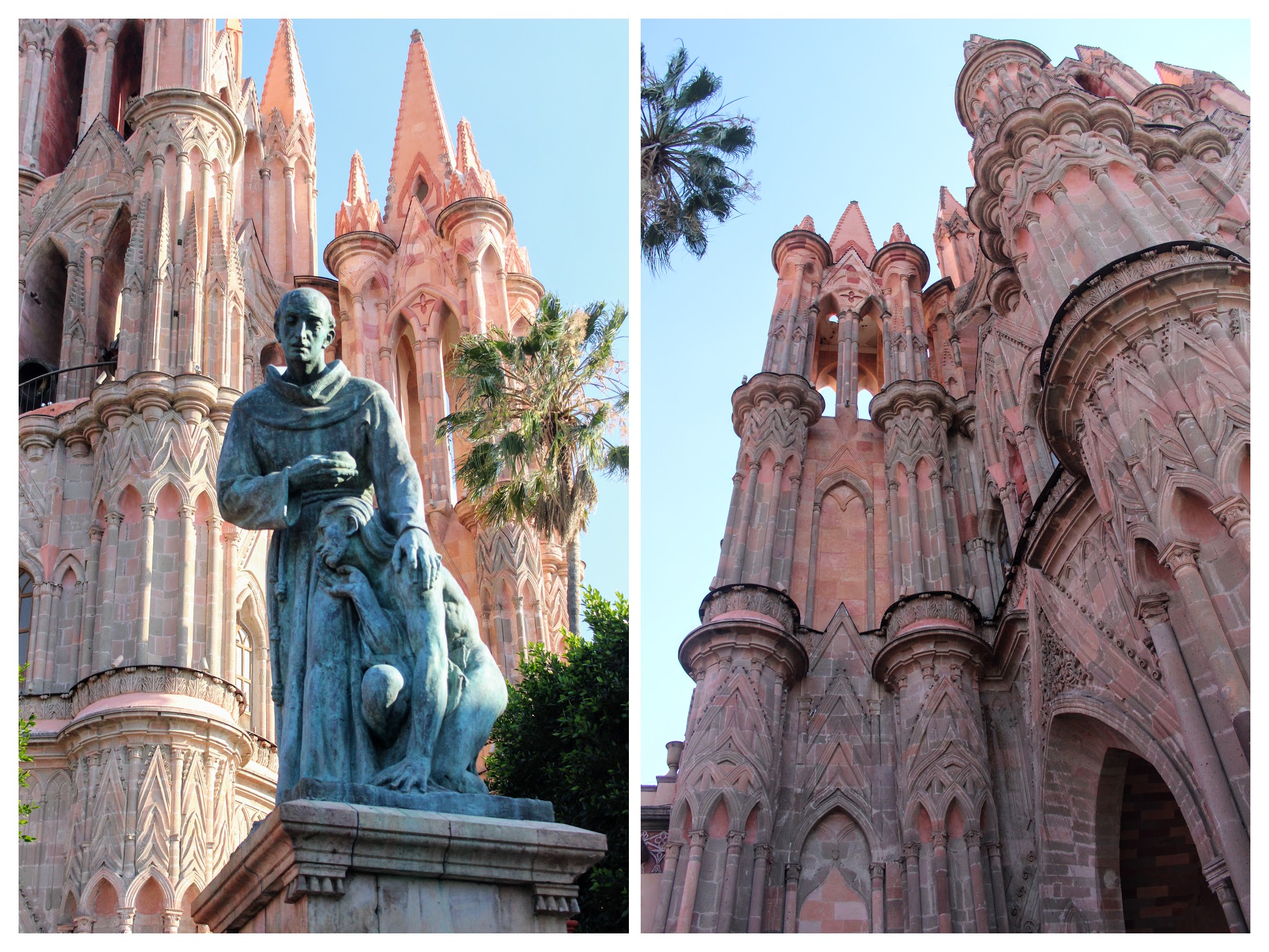

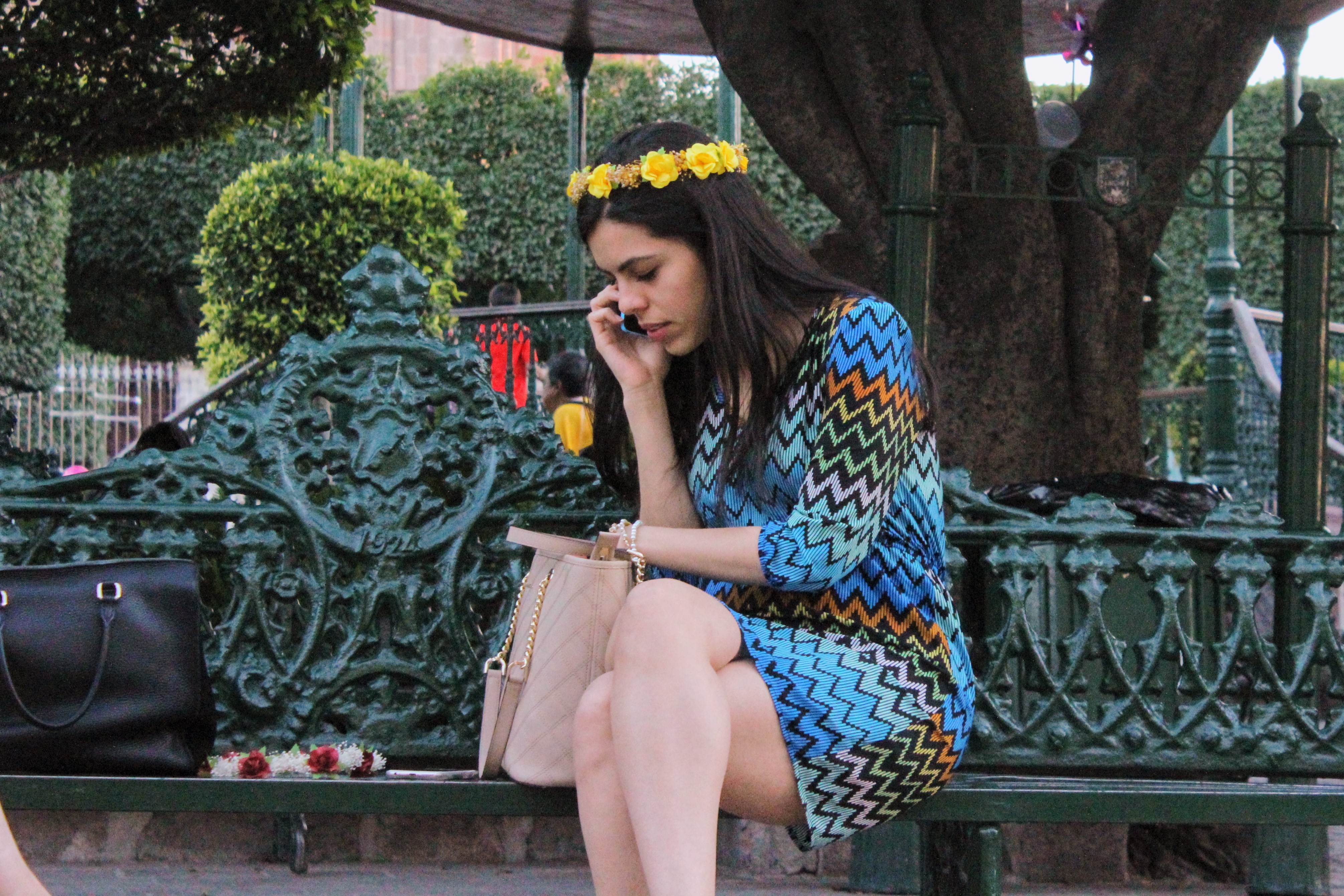
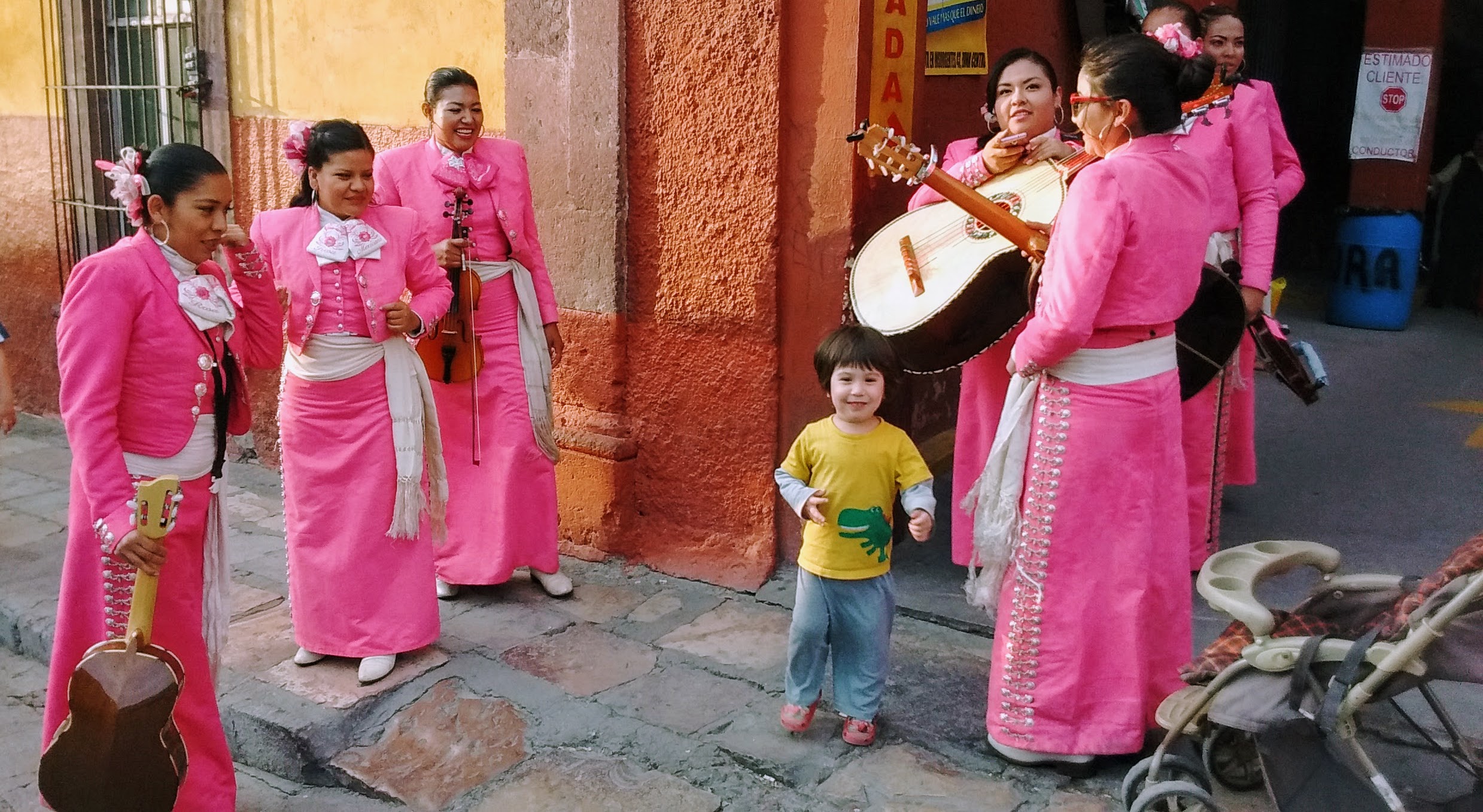

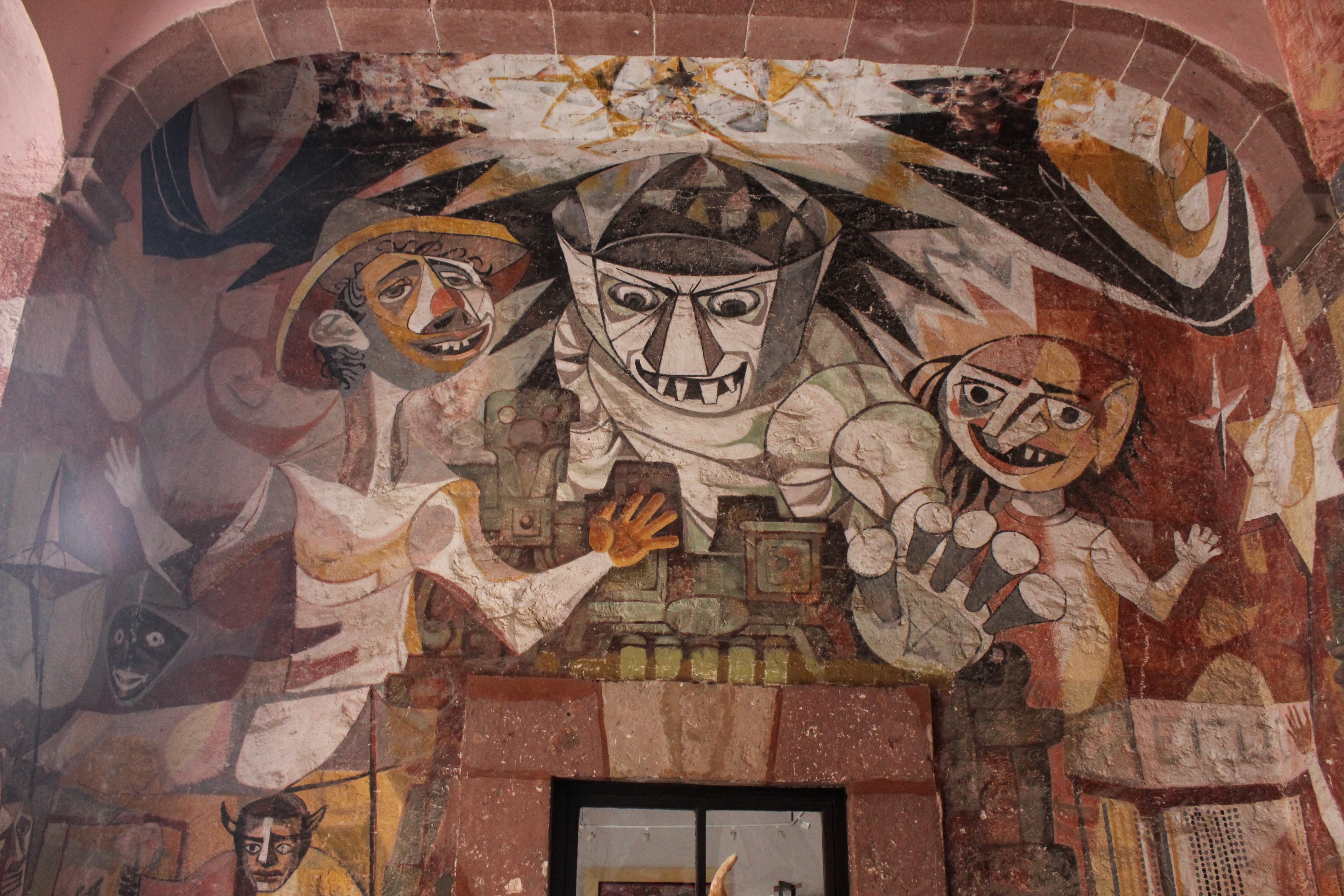


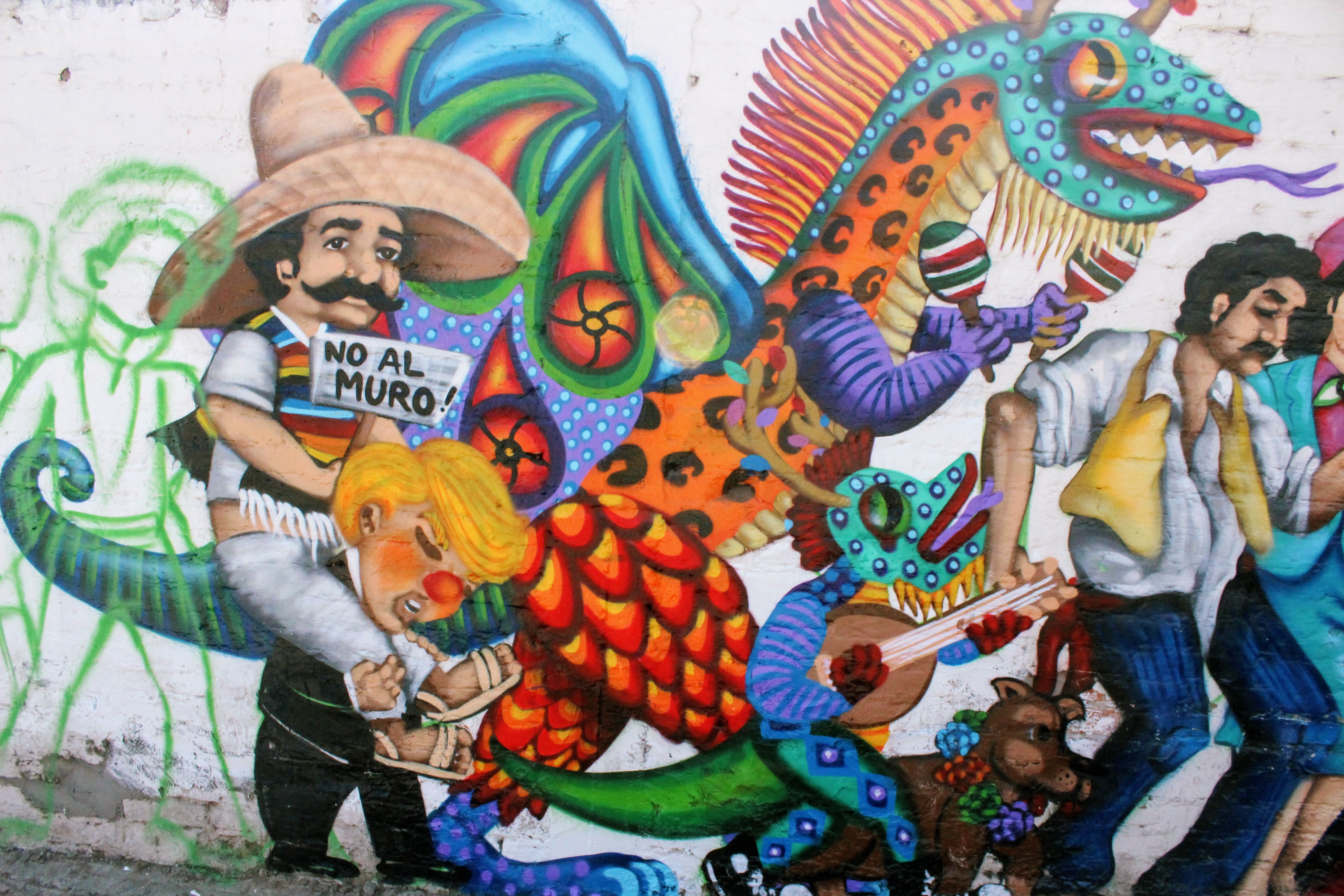

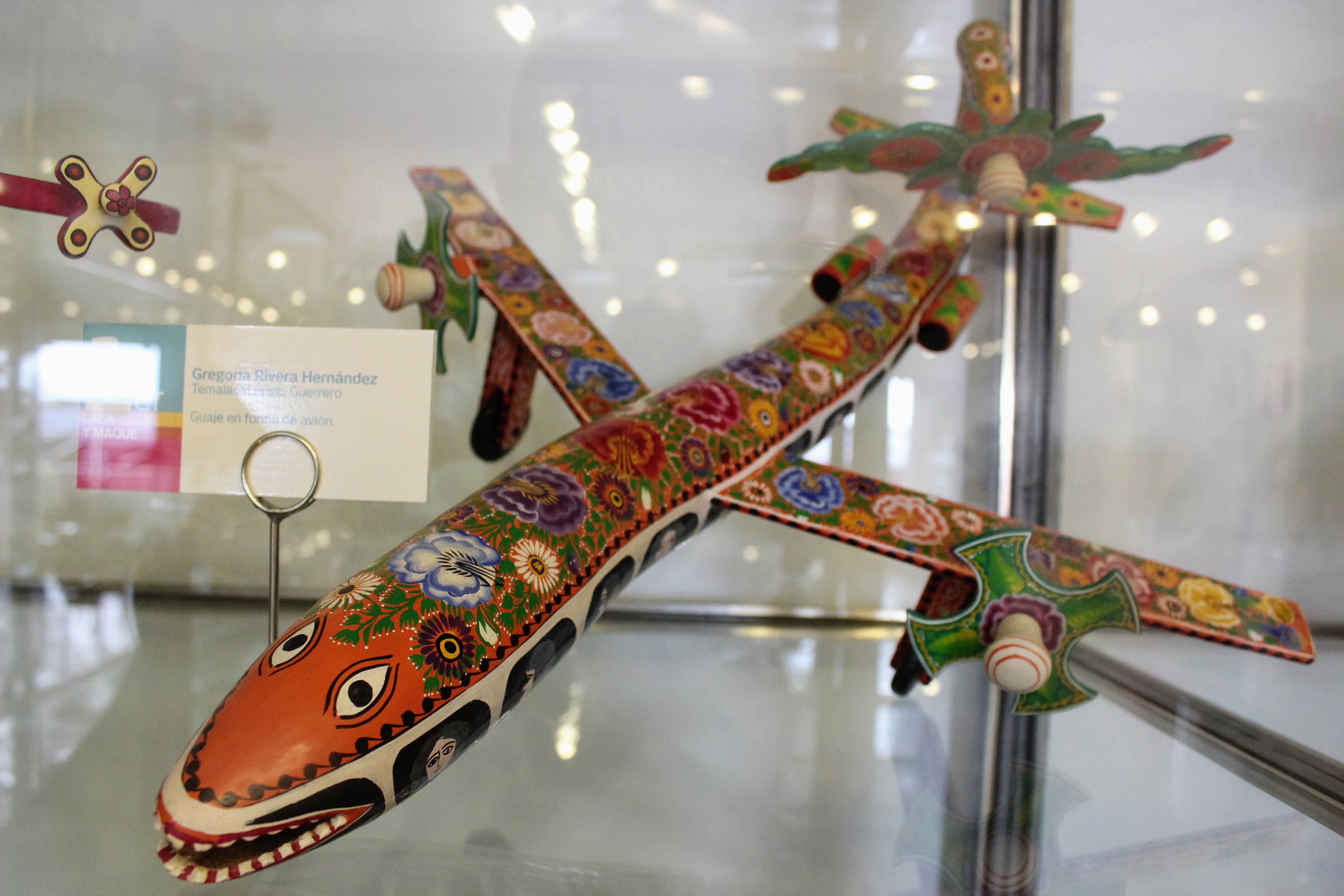
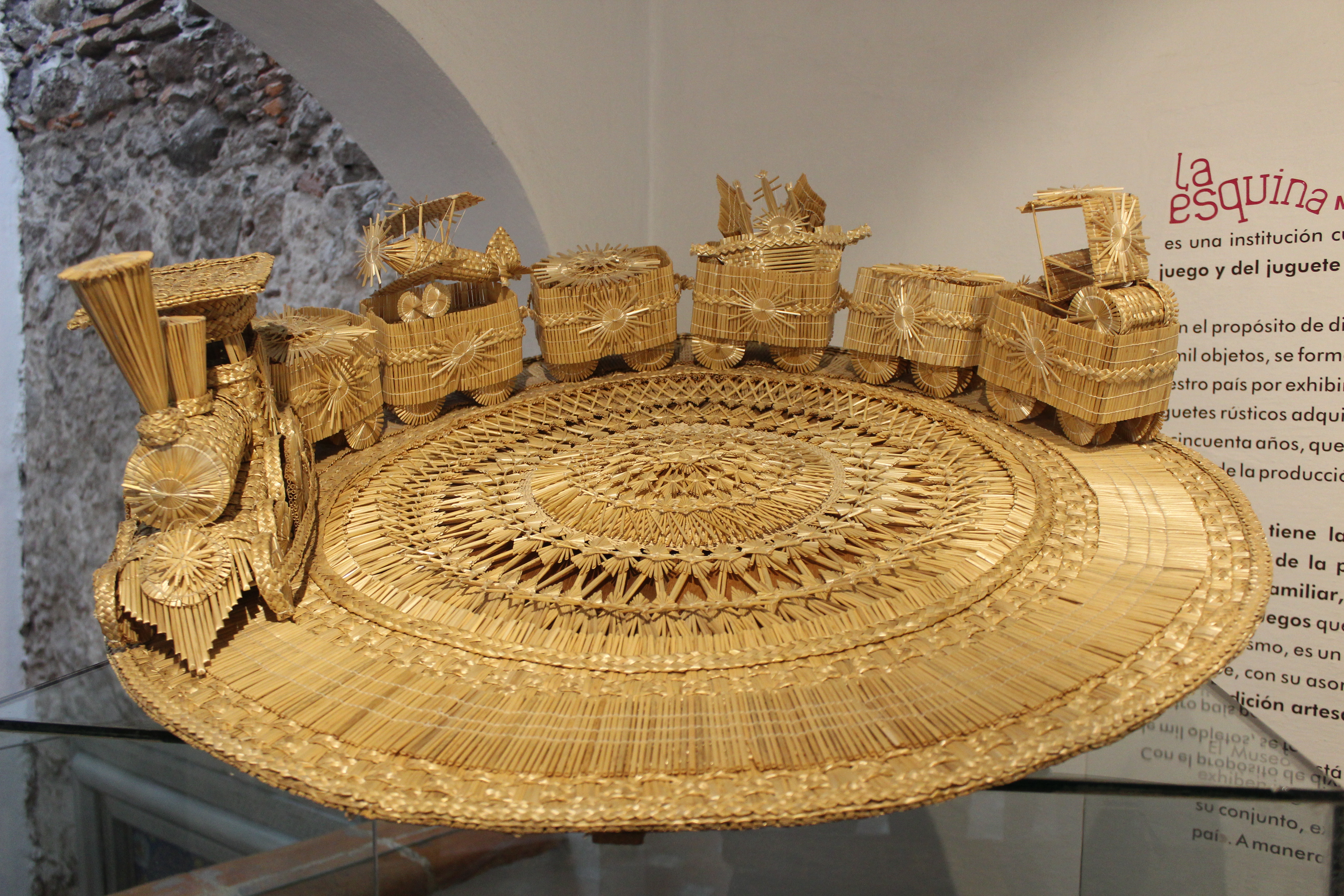











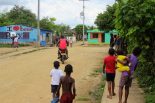
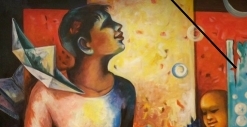
Beautiful representation of the pueblito. Enjoying your posts and photos immensely.
Thank you Kellie, glad you liked it 🙂
I’ve not been to San Miguel in 15 years, but when we did visit there we found it the only community on both sides of the border that seemed to grant respect to Mexicans, Canadians, U.S. residents alike. I thought the Allende museum, facing the Parroquia, was a marvel of explanation about the revolution against Spain. We found folks working together for kids who needed help, for the desperately poor. Visiting Atotonilco allowed us to “feel” the revolution. Last year we spent a month in Guanajuato and just could not seem to spare the day for San Miguel. Zacatecas, too, and this year many months in Oaxaca, Oax., offer surprises and days full of color and song. Thanks so much for the commentary, the terrific fotos, and the obvious caring.
Hi Tom,
One thing I wish I have done and didn’t is visiting the local indigenous communities. The rural communities around SMA don’t see much impact from the US dollars pouring into SMA’s economy and its a shame.
Thank you for sharing your thoughts.
Ayan looks so blissfully happy! I love the toy museum!
I’ve been to San Miguel de Allende and I remember it exactly as you describe.
Hi dear Claudia,
It is a thing of wonder to see children being so happy simply from running with mates they just met.
I didn’t know you were in Mexico. When was that?
I enjoyed your perspective. I’ve been to SMA a few times. It is quite the eclectic city. Lots of English spoken. http://www.theadventuresofdostortas.com
Alex
Hi Alex,
Thank you for the comment. It’s definitely an eclectic city. A European sophistication in the center of Mexico.
This is such an informative post. I’ve never been here, but I constantly get asked about it. At least now I’ve seen some wonderful images that explain why people find it so attractive!
Thank you Becky, I’m glad you found it helpful.
San Miguel is attractive, there is no doubt about it. But if you haven’t been to Guanajuato, wait till my upcoming post about it. It is even more gorgeous.